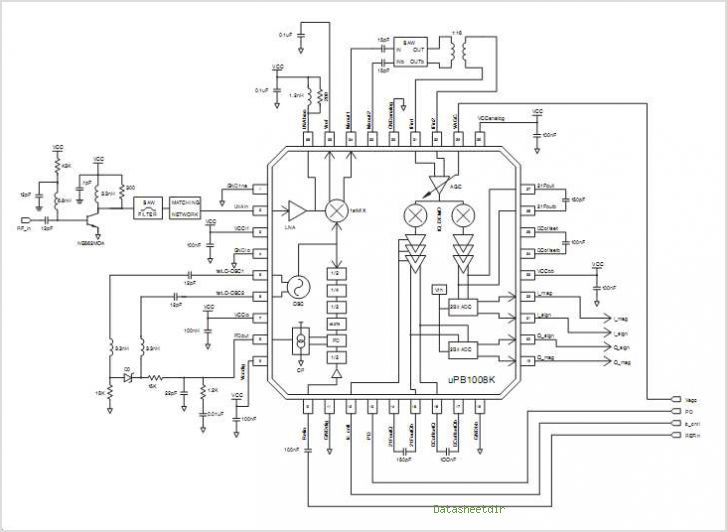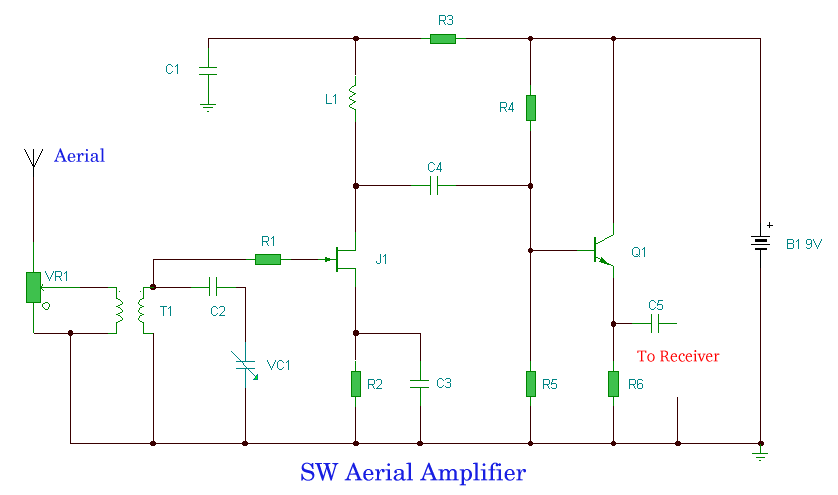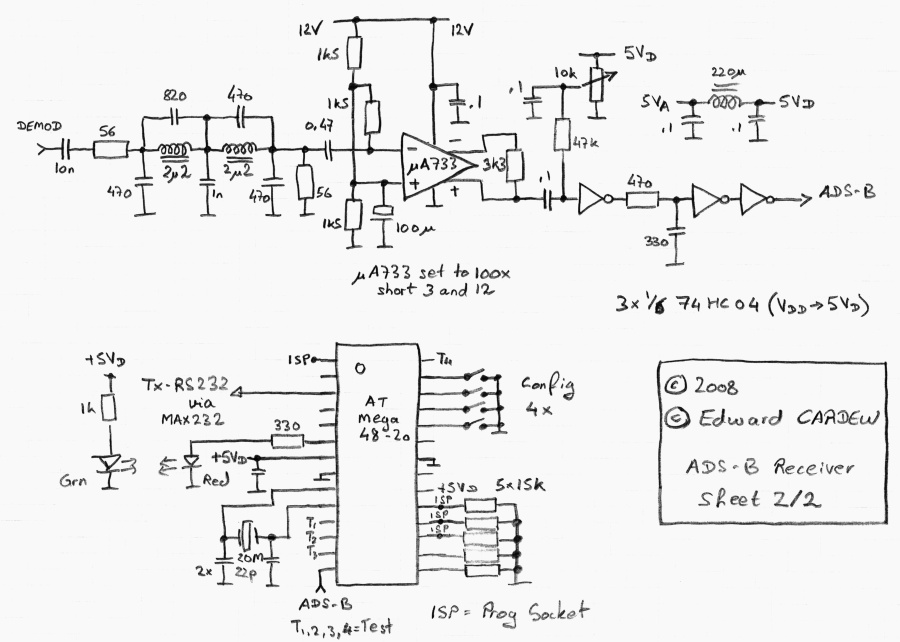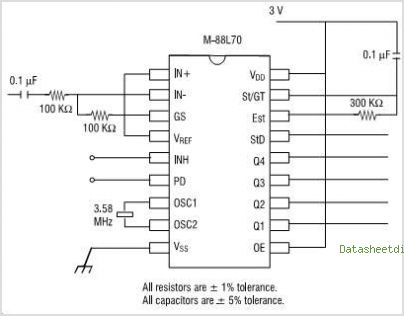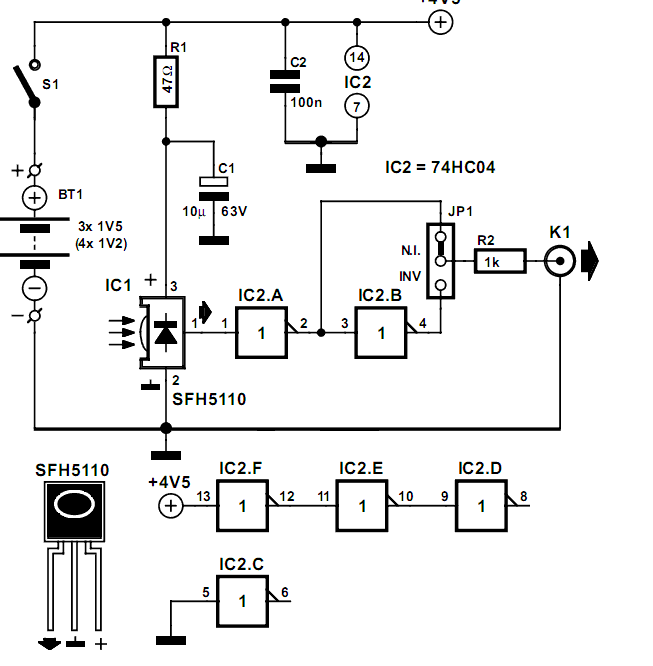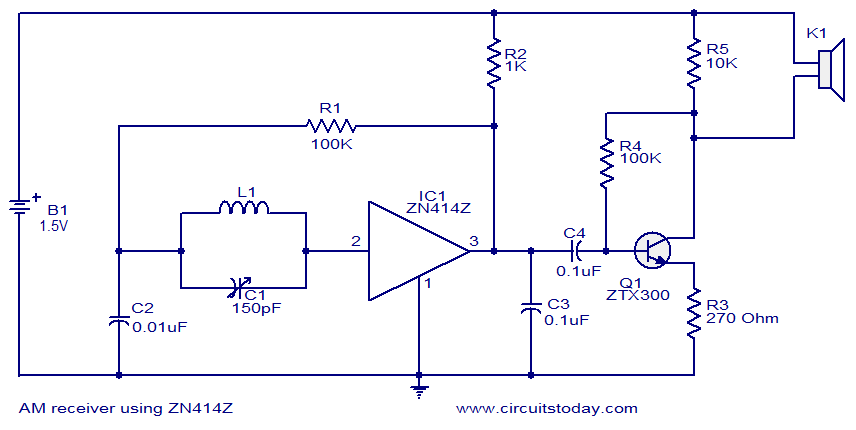
gps receiver for kenwood tm d710e
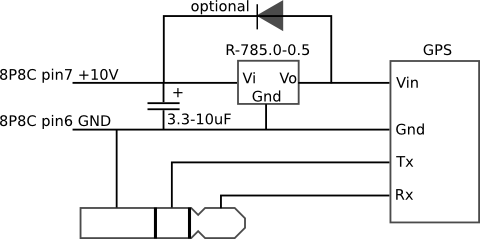
The mobile rig, a Kenwood TM-D710E, required a GPS receiver for APRS use. The GPS-710 was not readily available and was quite expensive, prompting the decision to build a custom solution. A Royaltek RGM-3600 GPS receiver was purchased on eBay for less than £20. This is a SiRF III based receiver, and while the magnetic case could function as a fridge magnet, only the bare module was needed. The listing did not specify that it was the RS-232 version of the module; had it been the TTL version, an additional MAX232 level converter would have been necessary. The module pinout is accessible, and Bob WB4APR has provided the pinout for the RJ45 (8P8C) connector on the TM-D710 display head, indicating that pin 6 is ground and pin 7 is +10V. This pin serves as a convenient power source for the GPS receiver. Access to the +10V pin was achieved by repurposing an RJ45 Y adaptor, which is sometimes used in ISDN installations. The adaptor was purchased for £5.99, and while the male end was not ideal for soldering, careful use of a craft knife exposed the contacts sufficiently for wire soldering. The solder joints were then covered with epoxy for added durability. A Recom R78 series switching DC-DC converter was utilized to ensure minimal power consumption, as the GPS requires a 5V power supply. The R78 is a compact device that is pin compatible with 78xx linear regulators, making it easy to integrate. An optional input capacitor and blocking diode were added for extra protection. The entire assembly was secured onto the Y adaptor with epoxy to reduce mechanical stress. A suitable plastic box was used to house the components, with a rectangular cutout made using a craft knife. Double-sided foam tape was employed to install all parts within the box. Two short cables (approximately 10 cm) were created to connect the GPS to the display head, one being a 2.5mm stereo and the other an RJ45, both wired straight through. Plans are in place to replace the jack lead with one featuring 90-degree angled jacks for improved neatness. The box is attached to the back of the display head using Velcro. The vertical orientation of the receiver antenna does not appear to affect functionality. The +10V supply is available even when the radio is powered off, with the rig drawing about 40 mA from the battery in this state, a figure that includes the standby current for the radio and likely most of the GPS. This current draw is negligible, allowing the GPS to remain powered continuously. The GPS module defaults to 19200 baud if left unpowered for an extended period, necessitating a baud rate change via a serial terminal on a computer using an appropriate interface cable, as the Kenwood only supports rates up to 9600 baud.
The circuit design incorporates several key components: the Royaltek RGM-3600 GPS module, a Recom R78 DC-DC converter, and an RJ45 Y adaptor. The GPS module communicates over RS-232, which is compatible with the Kenwood TM-D710E's display head. The Y adaptor allows for convenient access to the power and data connections. The DC-DC converter steps down the voltage from the +10V line to the required 5V for the GPS module, ensuring efficient operation. The addition of an input capacitor and blocking diode enhances the stability and protection of the circuit, preventing potential damage from voltage spikes or transients. The epoxy used to secure the components not only provides mechanical support but also serves as an insulating layer, reducing the risk of short circuits. The use of double-sided foam tape for securing components within the plastic enclosure provides flexibility and ease of assembly while maintaining a tidy appearance. The choice of cables and connectors ensures reliable data transmission from the GPS module to the display head, with the planned modifications for angled jacks improving the overall layout. The system's low power consumption allows for continuous operation without significant battery drain, making it an efficient solution for APRS applications.My mobile rig, a Kenwood TM-D710E, needed a GPS receiver for APRS use. The GPS-710 wasn`t readily available and, besides, is quite expensive. I therefore decided to build my own. I found a Royaltek RGM-3600 GPS receiver on eBay for less than £20. This is a very good SiRF III based receiver. The magnetic case made a nice fridge magnet as only the bare module was needed. Although the listing didn`t mention it, this turned out to be the RS-232 version of the module. If it had been the TTL version, I would have needed an additional MAX232 level converter. The module pinout is available here. Bob WB4APR (yes, that Bob) has very helpfully provided the pinout of the RJ45 (okay, 8P8C) connector on the TM-D710 display head. It shows that pin 6 is ground and pin 7 is +10V. This is a handy place to leech a few tens of milliwatts for the GPS receiver. I decided that the easiest way to get access to the +10V pin is by repurposing a RJ45 Y adaptor. Apparently these splitters are sometimes used in ISDN installations. I bought mine from Maplin for £5. 99. The male end of the adaptor isn`t ideal for soldering but a little bit of work with a craft knife exposes the contacts enough to solder wires into them.
Because the result is a bit fragile, I decided to cover the solder joints with epoxy. There are better adaptors that would be easier to tap into. The GPS requires a 5V power supply. I wanted to make sure the system draws as little power as possible, so I used a Recom R78 series switching DC-DC converter from Rapid. The R78 is a small self-contained device that`s pin compatible with the 78xx linear regulators so it`s trivially easy to use.
I decided to add an optional input capacitor and blocking diode for extra protection. The whole assembly was then secured onto the Y adaptor with epoxy to minimise mechanical stress. I happened to have a suitable plastic box for the parts. The rectangular cutout is made with a craft knife. All parts are installed in the box with double-sided foam tape. I made two short (~10cm) cables to connect the GPS to the display head, a 2. 5mm stereo and a RJ45. Both are wired straight through. I`m planning to replace the jack lead with one with 90 degrees angled jacks for neatness. The box is attached to the back of the display head with velcro. The fact that the receiver antenna sits vertically does not seem to matter. The +10V is supplied even when the radio is off. In the off state the rig seems to draw about 40 mA of current from the battery. Some of this is for the standby state of radio and some, probably most, is for the GPS. Overall that`s a negligible amount so I can just leave the GPS on all the time. This is good as the module seems to default to 19200 baud if left unpowered for a long time. The Kenwood only supports baud rates up to 9600, so I had to change the baud rate using the serial terminal on my computer and a suitable interface cable. 🔗 External reference
The circuit design incorporates several key components: the Royaltek RGM-3600 GPS module, a Recom R78 DC-DC converter, and an RJ45 Y adaptor. The GPS module communicates over RS-232, which is compatible with the Kenwood TM-D710E's display head. The Y adaptor allows for convenient access to the power and data connections. The DC-DC converter steps down the voltage from the +10V line to the required 5V for the GPS module, ensuring efficient operation. The addition of an input capacitor and blocking diode enhances the stability and protection of the circuit, preventing potential damage from voltage spikes or transients. The epoxy used to secure the components not only provides mechanical support but also serves as an insulating layer, reducing the risk of short circuits. The use of double-sided foam tape for securing components within the plastic enclosure provides flexibility and ease of assembly while maintaining a tidy appearance. The choice of cables and connectors ensures reliable data transmission from the GPS module to the display head, with the planned modifications for angled jacks improving the overall layout. The system's low power consumption allows for continuous operation without significant battery drain, making it an efficient solution for APRS applications.My mobile rig, a Kenwood TM-D710E, needed a GPS receiver for APRS use. The GPS-710 wasn`t readily available and, besides, is quite expensive. I therefore decided to build my own. I found a Royaltek RGM-3600 GPS receiver on eBay for less than £20. This is a very good SiRF III based receiver. The magnetic case made a nice fridge magnet as only the bare module was needed. Although the listing didn`t mention it, this turned out to be the RS-232 version of the module. If it had been the TTL version, I would have needed an additional MAX232 level converter. The module pinout is available here. Bob WB4APR (yes, that Bob) has very helpfully provided the pinout of the RJ45 (okay, 8P8C) connector on the TM-D710 display head. It shows that pin 6 is ground and pin 7 is +10V. This is a handy place to leech a few tens of milliwatts for the GPS receiver. I decided that the easiest way to get access to the +10V pin is by repurposing a RJ45 Y adaptor. Apparently these splitters are sometimes used in ISDN installations. I bought mine from Maplin for £5. 99. The male end of the adaptor isn`t ideal for soldering but a little bit of work with a craft knife exposes the contacts enough to solder wires into them.
Because the result is a bit fragile, I decided to cover the solder joints with epoxy. There are better adaptors that would be easier to tap into. The GPS requires a 5V power supply. I wanted to make sure the system draws as little power as possible, so I used a Recom R78 series switching DC-DC converter from Rapid. The R78 is a small self-contained device that`s pin compatible with the 78xx linear regulators so it`s trivially easy to use.
I decided to add an optional input capacitor and blocking diode for extra protection. The whole assembly was then secured onto the Y adaptor with epoxy to minimise mechanical stress. I happened to have a suitable plastic box for the parts. The rectangular cutout is made with a craft knife. All parts are installed in the box with double-sided foam tape. I made two short (~10cm) cables to connect the GPS to the display head, a 2. 5mm stereo and a RJ45. Both are wired straight through. I`m planning to replace the jack lead with one with 90 degrees angled jacks for neatness. The box is attached to the back of the display head with velcro. The fact that the receiver antenna sits vertically does not seem to matter. The +10V is supplied even when the radio is off. In the off state the rig seems to draw about 40 mA of current from the battery. Some of this is for the standby state of radio and some, probably most, is for the GPS. Overall that`s a negligible amount so I can just leave the GPS on all the time. This is good as the module seems to default to 19200 baud if left unpowered for a long time. The Kenwood only supports baud rates up to 9600, so I had to change the baud rate using the serial terminal on my computer and a suitable interface cable. 🔗 External reference
Warning: include(partials/cookie-banner.php): Failed to open stream: Permission denied in /var/www/html/nextgr/view-circuit.php on line 713
Warning: include(): Failed opening 'partials/cookie-banner.php' for inclusion (include_path='.:/usr/share/php') in /var/www/html/nextgr/view-circuit.php on line 713
